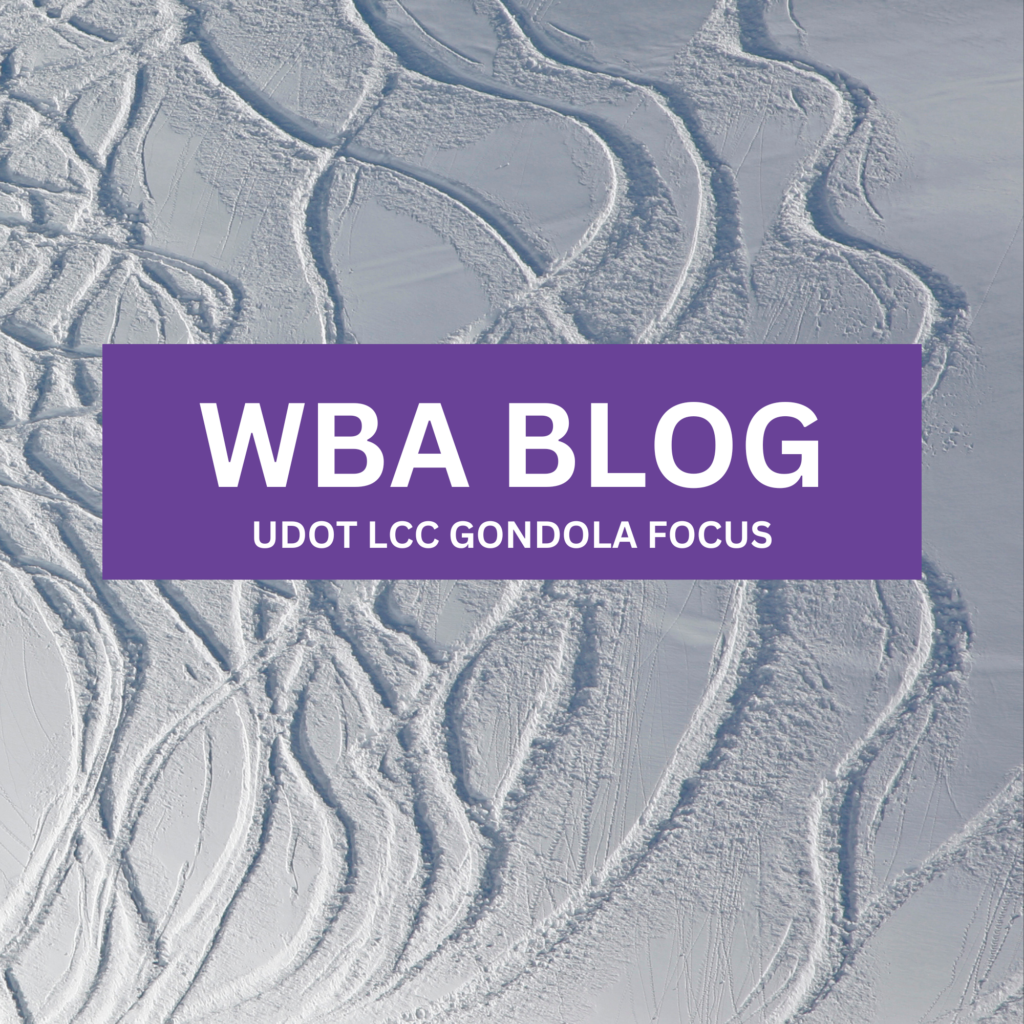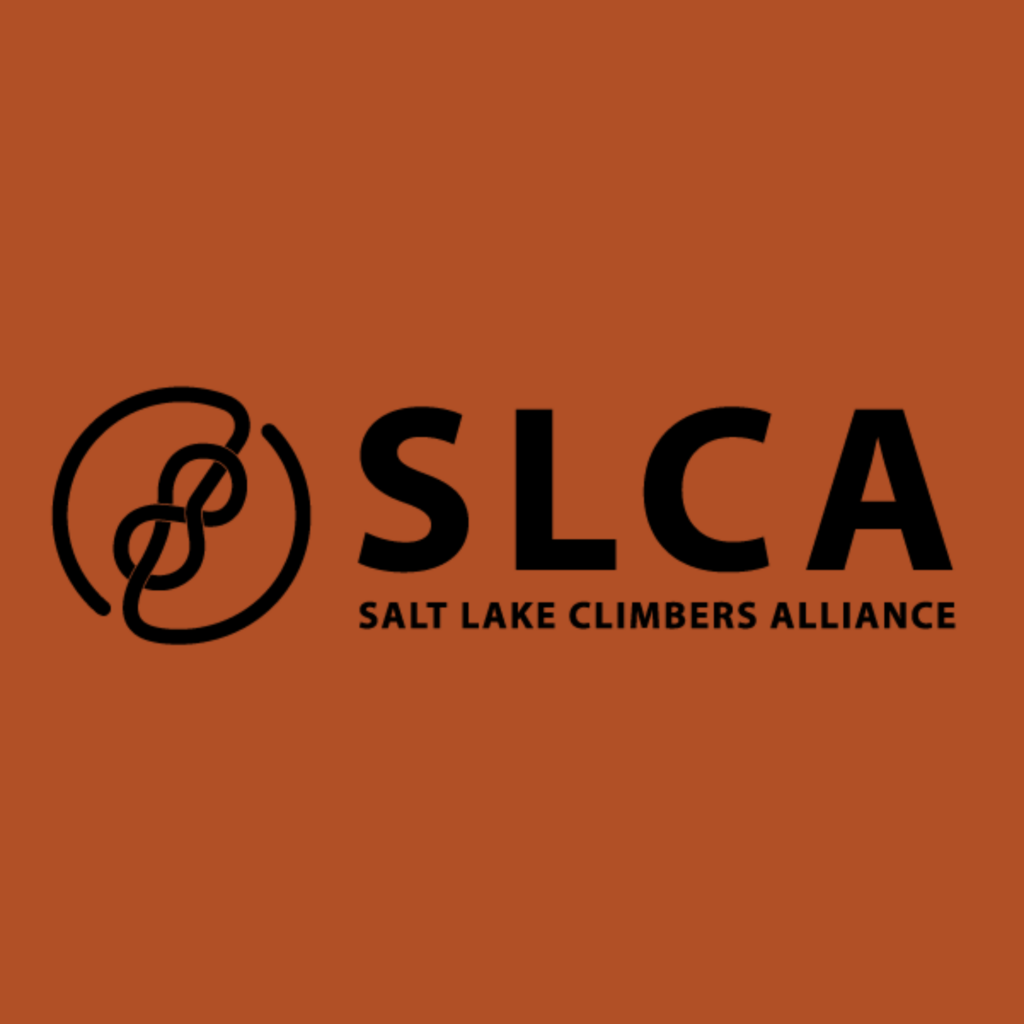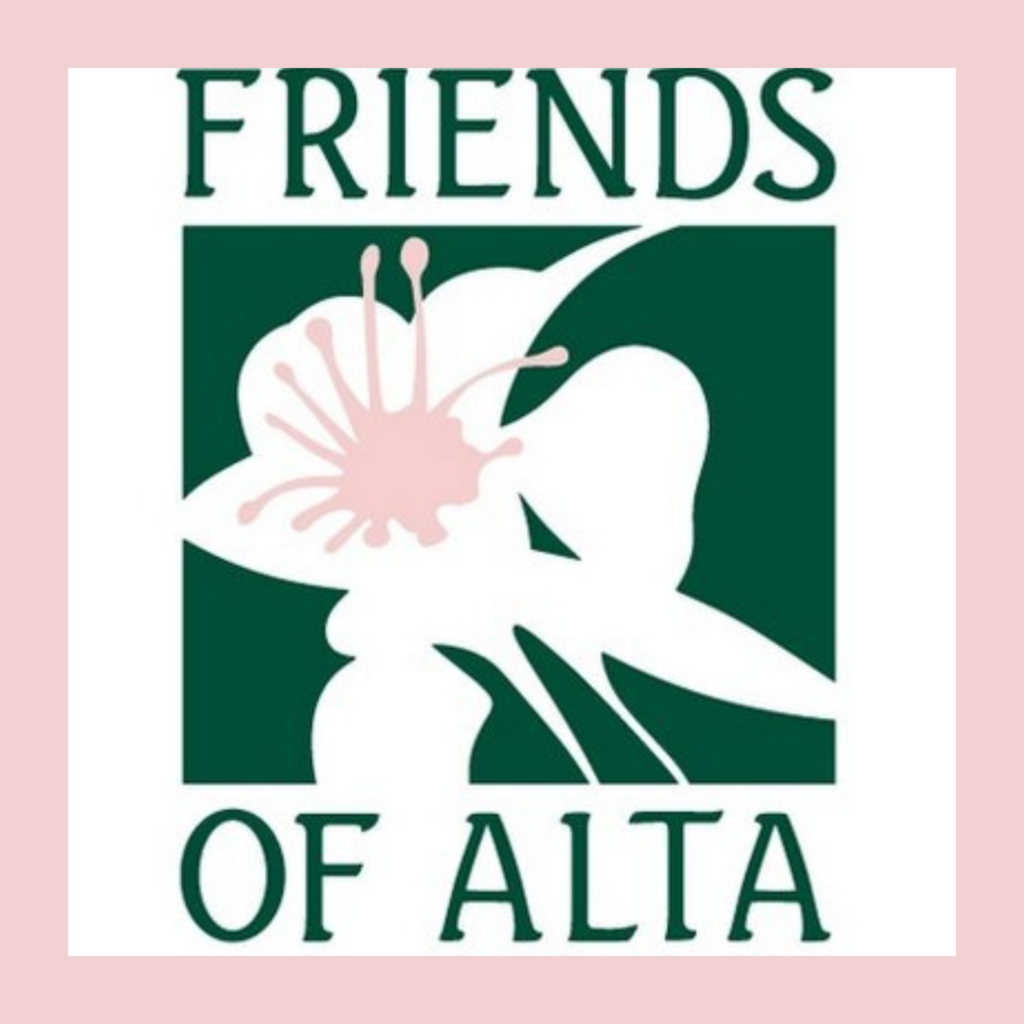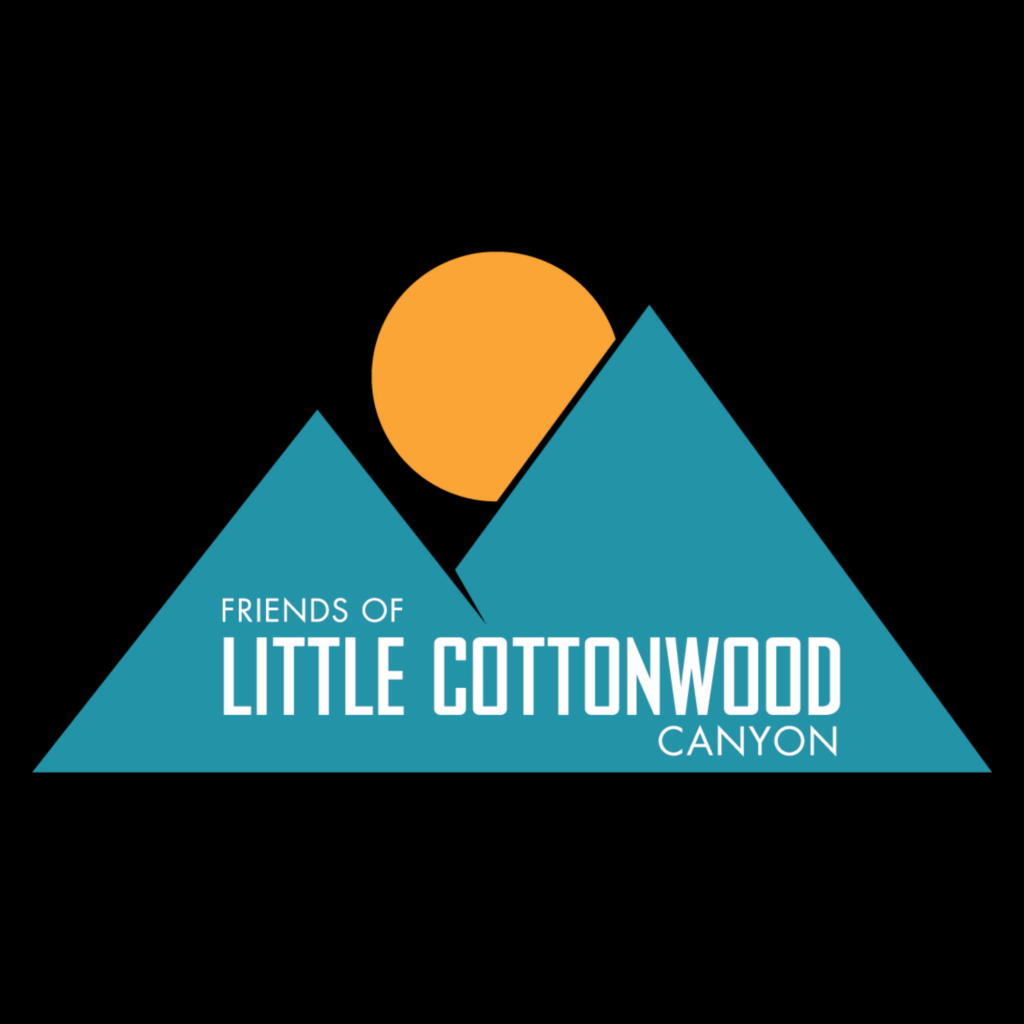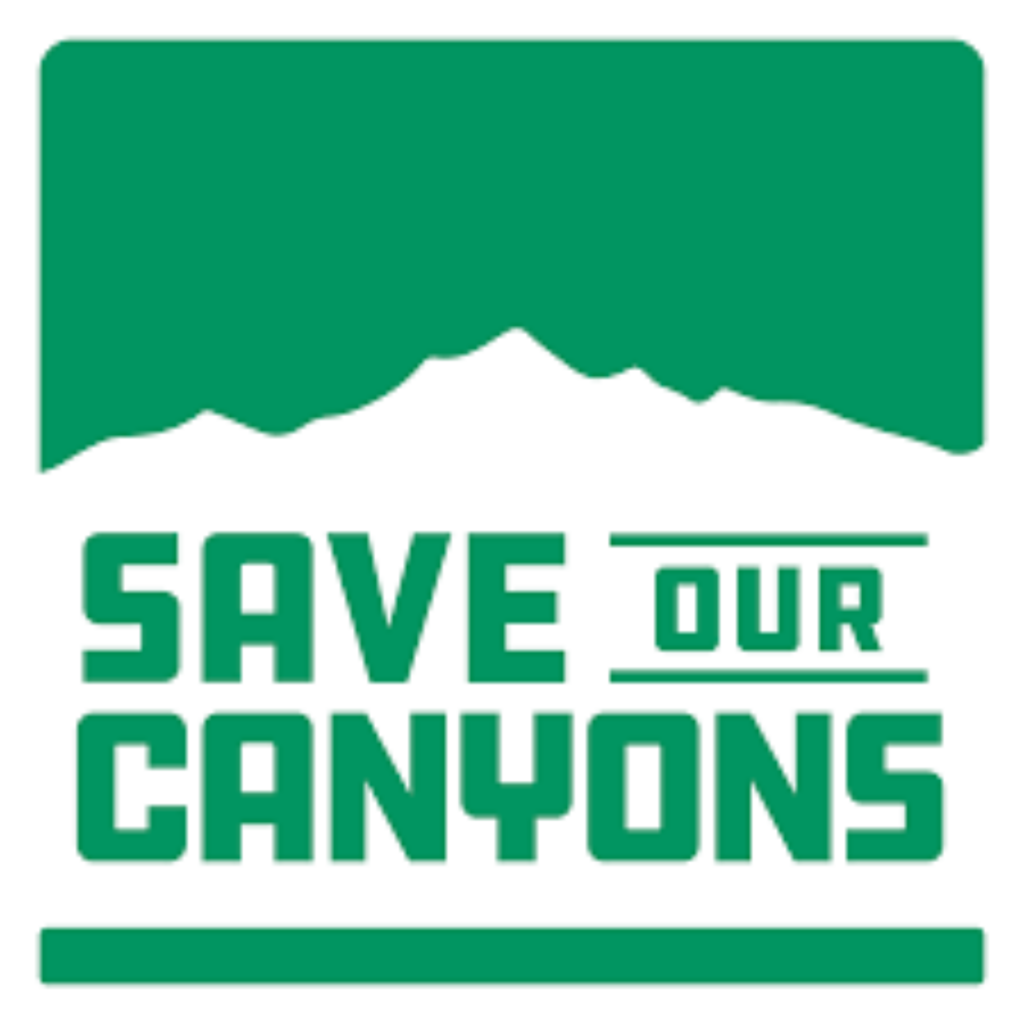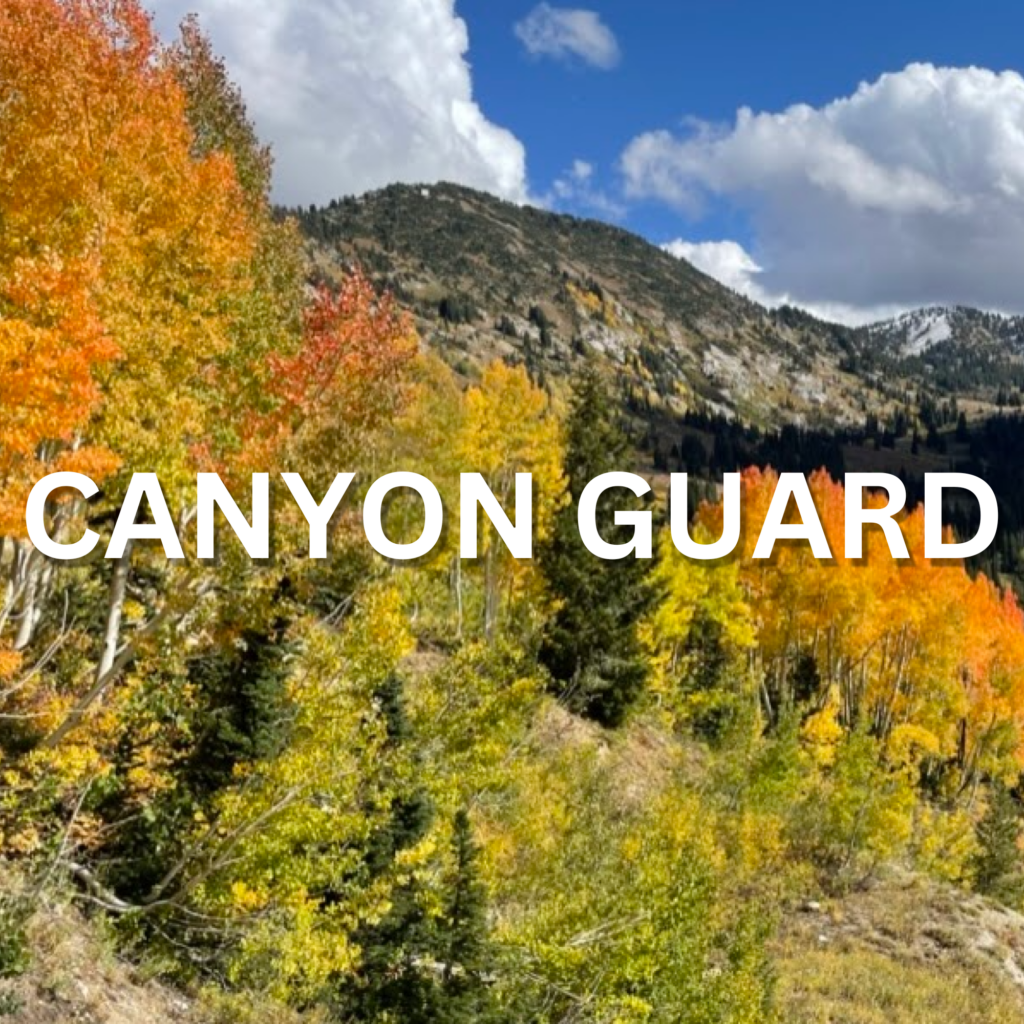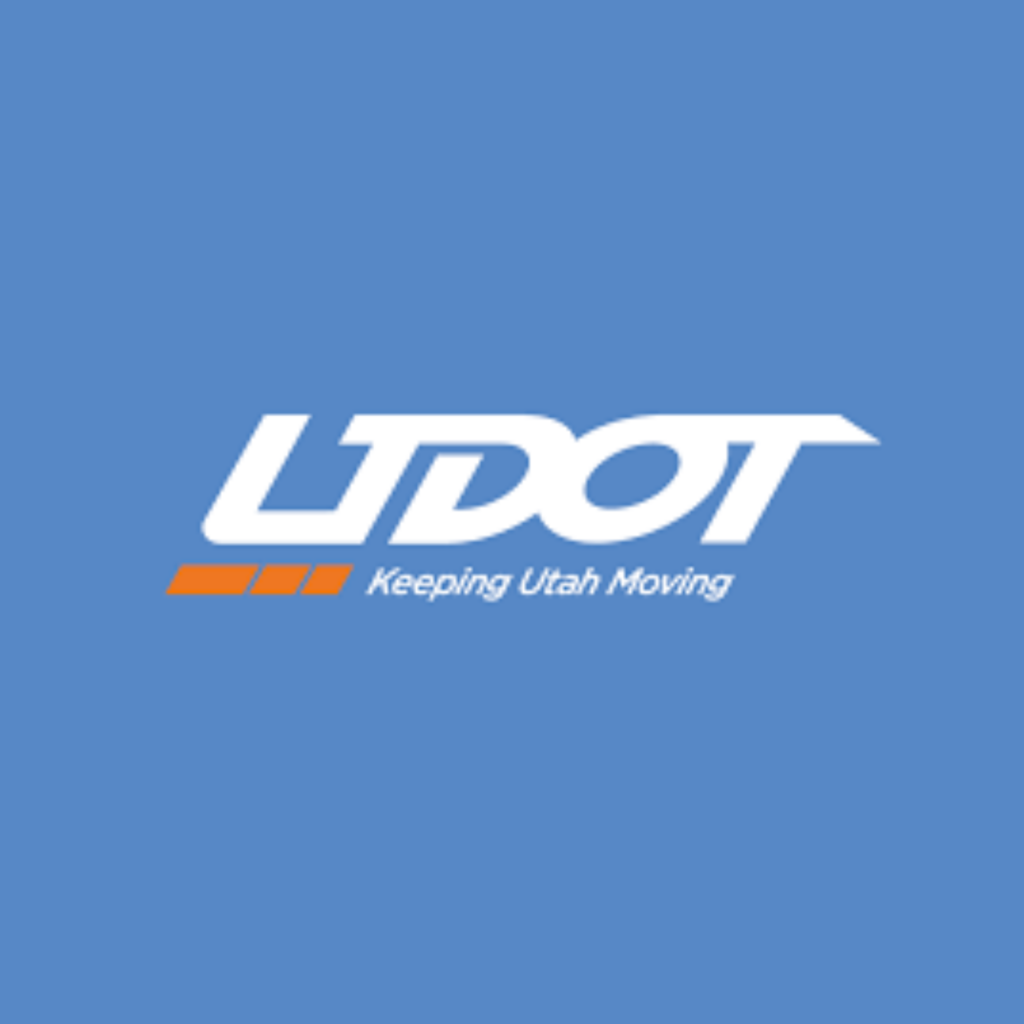Become a member
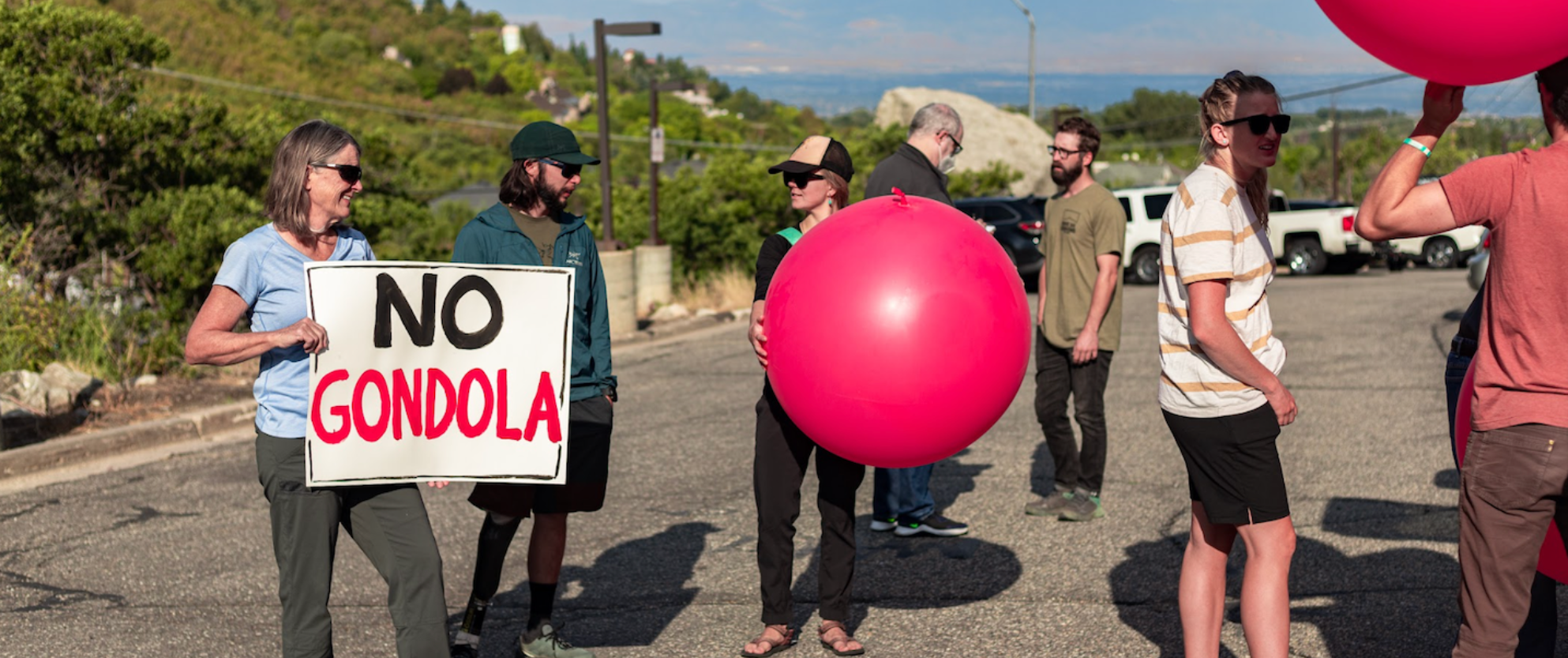
Gondola-Free LCC
Whether you’ve been participating and following the Utah Department of Transportation’s (UDOT) Environmental Impact Statement (EIS) and their gondola proposal for years, or you are new to learning about the issues, Wasatch Backcountry Alliance (WBA) wants to help inform and give you the tools to engage as a citizen.
For context, in 2018, UDOT announced its plan to conduct an independent EIS in Little Cottonwood Canyon to determine what transportation solution would be best. This stemmed from the state legislature funding transportation projects that impact tourism and recreation, and LCC was ranked as a “top-priority” area. Want to learn more? The Salt Lake Tribune put together an excellent timeline documenting UDOT’s journey to arrive at the gondola in their Record of Decision (ROD). Check it out: https://local.sltrib.com/gondola/
UDOT release the final ROD in July of 2023. Now, the power is in the hands of the legislature whether or not to fund the gondola with taxpayer dollars.
Why We Are Opposed to the Gondola? THE GONDOLA IS NOT A SOLUTION.
The gondola is an expensive and unproven transportation concept that fails to address the transportation problems in LCC. Out of the options UDOT considered in their EIS, not only will the gondola be the slowest transportation option, the most expensive, and most inconvenient – it also threatens to create new areas of congestion at the base of LCC, and make the canyon more crowded. By serving two for-profit ski resorts and only operating in the winter, the gondola fails to address the needs of all canyon users and is a significant environmental equity concern.
- Irresponsible use of taxpayer money towards the most expensive transportation mode:
- The gondola’s latest estimated cost is $1.4 Billion (nearly three times more than UDOT’s original published cost estimates)
- A phased approach is fiscally responsible, lowers risk, and won’t permanently scar the canyon
- Tolling and parking reservation systems are proven and affordable
- Adequately funding UTA’s Ski Bus program will have an impact, at a fraction of the cost
- Buses can scale service to meet demand
- The gondola is a costly mistake we can avoid. The unproven gondola should not be considered until all other lower-cost and less damaging solutions are tried
2. Slowest transportation mode:
- The gondola is the slowest travel option evaluated by UDOT
- Gondola travel time estimates are not accurate
- Queue Times (the time people wait in line to board a gondola) have not been modeled or are inaccurate. If modeled correctly, travel time will likely increase by 20 minutes for most riders on busy days, and possibly hours on the worst days
- It is faster to drive your car or ride the bus. People won’t use the slowest solution. People will drive or ride the bus to avoid standing in line in their heavy winter clothes and carrying ski gear
3. Not the most reliable transportation mode:
- The gondola will not be able to operate during Interlodge events (when avalanche danger is so extreme due to recent and ongoing snowstorms that everyone in the canyon is required to confine to resort buildings while avalanche work is being done.)
- The gondola will not run during UDOT avalanche control work (artillery like Howitzers are used to trigger avalanches)
- Once avalanche control work is completed, the gondola must be cleared before it can start up again. There may be even more downtime than simply opening the road when – as is most common – the avalanches do not reach the road. UDOT does not state how long it will take to unload cars, inspect cables and towers, and reload cars during routine avalanche control which is something we must know before accepting the findings of the EIS.
- The gondola cannot operate in extreme wind, which is a common characteristic of winter storms in Little Cottonwood Canyon.
- The gondola cannot operate during lightning storms
- UDOT claims that the gondola provides the highest travel reliability, as it can operate independently of S.R. 210, avoiding delays related to adverse weather.
4. Not the healthiest option
- The gondola is not “clean” or “carbon-neutral”. The Salt Lake Valley is plagued with unhealthy air quality, especially during the winter when inversions are prevalent. If we want Utah to be an attractive place that encourages a healthy economy and tourism, we should be investing in the cleanest solution possible.
- An immense amount of energy (40,680 kWh/day) is needed to operate the gondola, regardless of the ridership
- Electric buses save energy by scaling to meet lower demand
- Electric buses are capable of servicing the steep grades and winter conditions of Little Cottonwood Canyon
- Electric buses are cleaner, more flexible, and are a proven solution.
Furthermore, the gondola makes wild claims with little detail about how it will operate. This is too big a decision to gamble promising to figure it out later. What will it cost to ride the gondola? What entity will operate the gondola? What evidence is there that people will ride the gondola?

Backcountry Recreation Impacts
Little Cottonwood Canyon is home to world-class backcountry terrain with unparalleled access that attracts tourists, businesses, and new residents. Below is a visual representation of UDOT’s proposed gondola tower locations on map of LCC backcountry terrain.
This provides a ballpark idea of the 35 named backcountry ski runs, although there are many more unnamed backcountry runs that will be impacted by the gondola. Map by Christian Johnson, WBA member. Click on the map to expand.
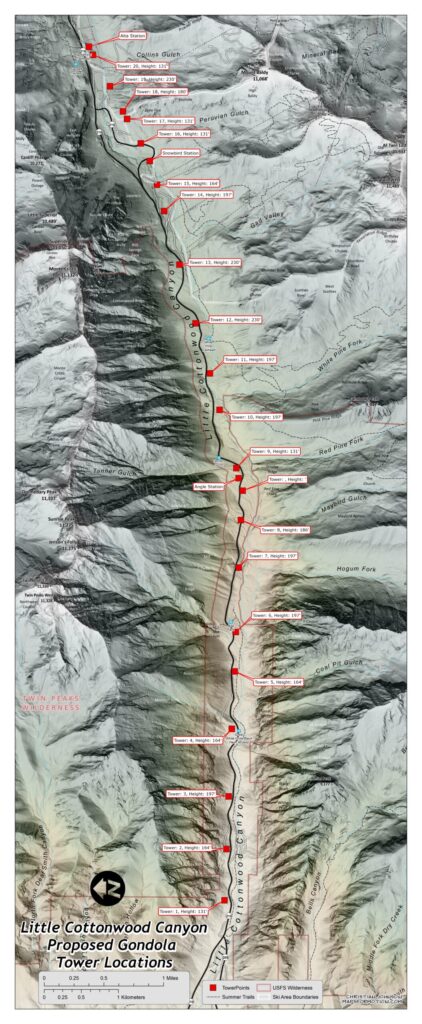
Get involved. Stay involved.
If you’ve been following the gondola proposal closely, you’ve heard from UDOT that, “If the first two phases are ‘successful’ they might negate the ‘need’ for the gondola. This past fall, we met with UDOT’s new lead on the project and asked how UDOT is measuring “success” for the first two phases. UDOT informed us that they are not tracking any metric for success, rather they are just working on what is currently funded.
It’s no secret that Utah is a pro-development state. Governors and legislators direct the state’s Department of Transportation in choosing and implementing projects. Now more than ever, we need to channel our anti-gondola efforts directly towards our legislators. Here is the short and sweet how-to contact your representative (courtesy of our friends at Outdoor Alliance).
- Find your representative using this link (url might take a minute to load).
- Introduce yourself and be direct about why you are contacting them.
- Get personal and let them know how the gondola would impact you and why it is in their constituent’s best interest NOT to fund the gondola.
Some things to keep in mind:
- Even though we are frustrated, it’s important to keep your comments respectful.
- Make it emotional, make it factual, and make it about the money. Many of the Utah legislators care about the economy and fiscal spending. Make them understand that the gondola is not the best solution, keeping LCC gondola-free is best for the economy, and you do not wish to see your taxpayer dollars go towards subsidizing two private businesses.
Stay tuned for more action times on this front. It might feel like an uphill battle, but after all, that’s what we as backcountry tourers are best at! Don’t give up the fight.
